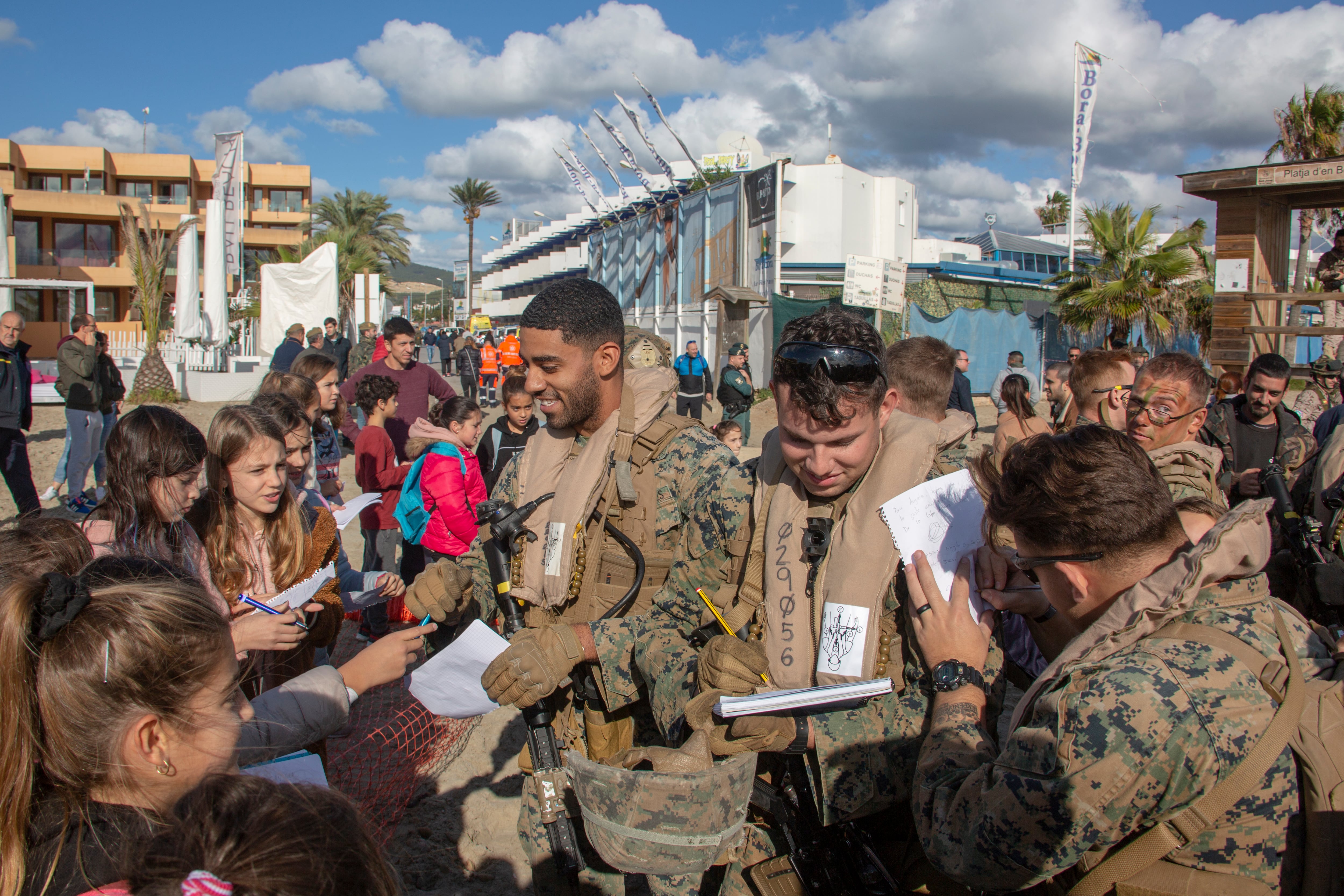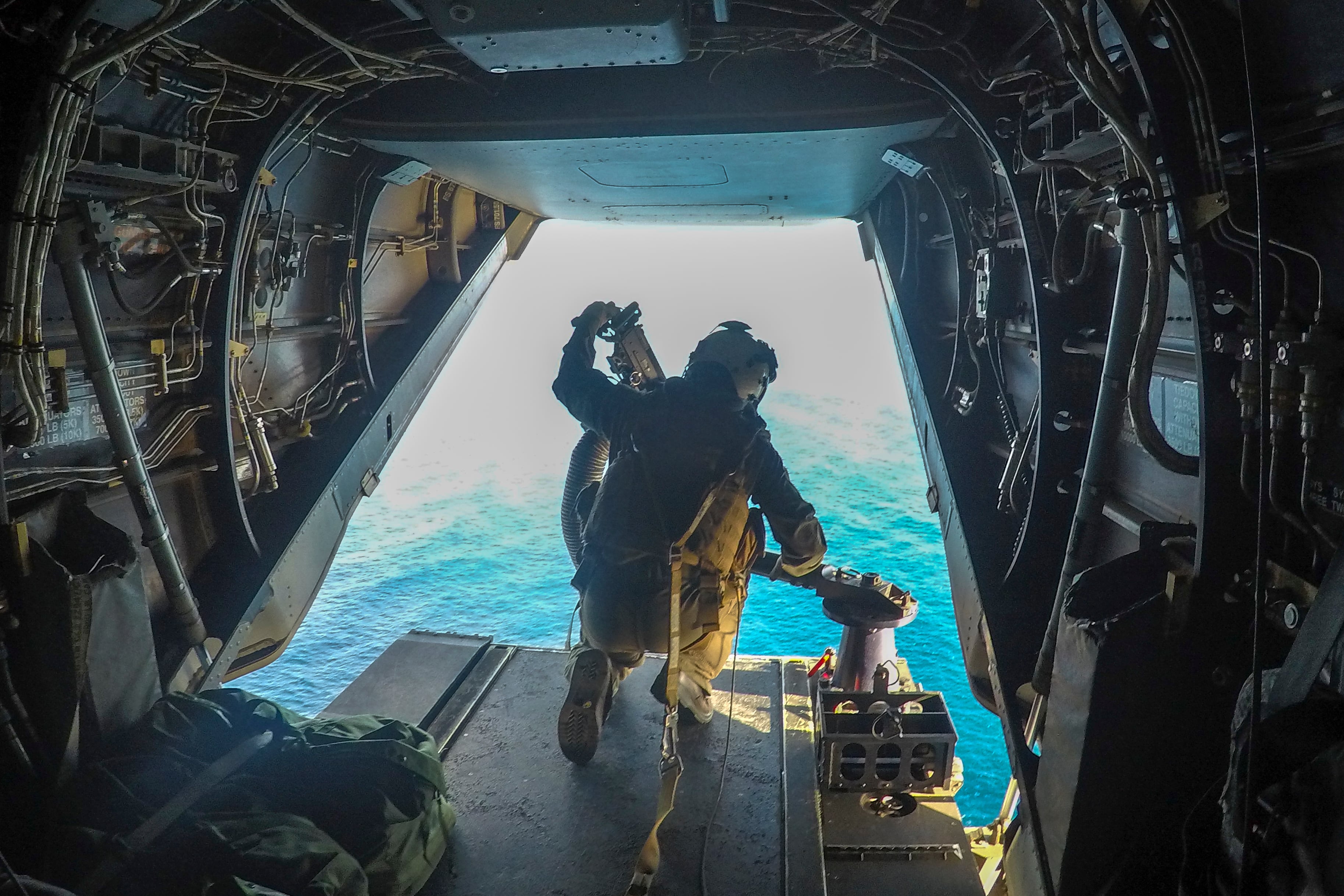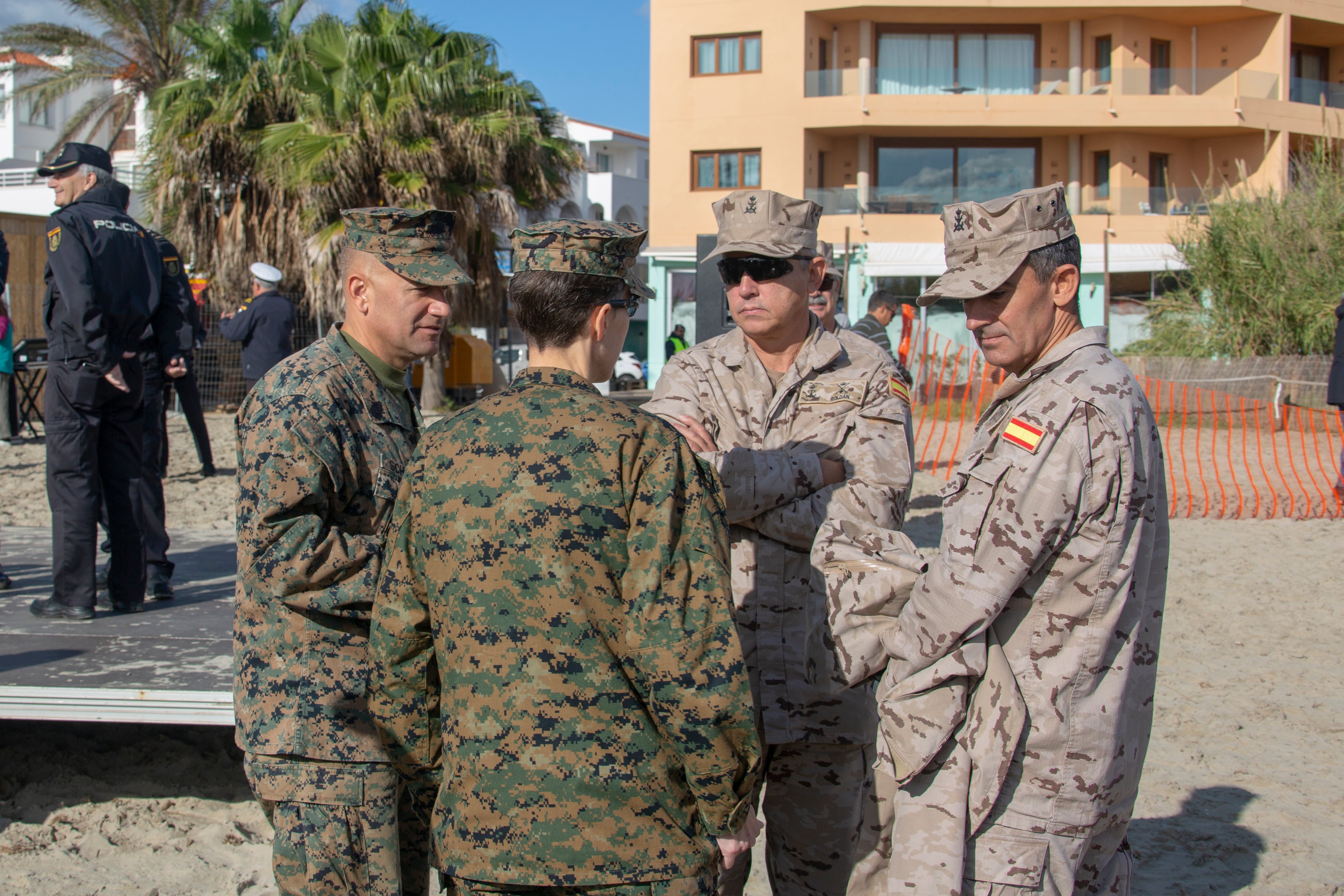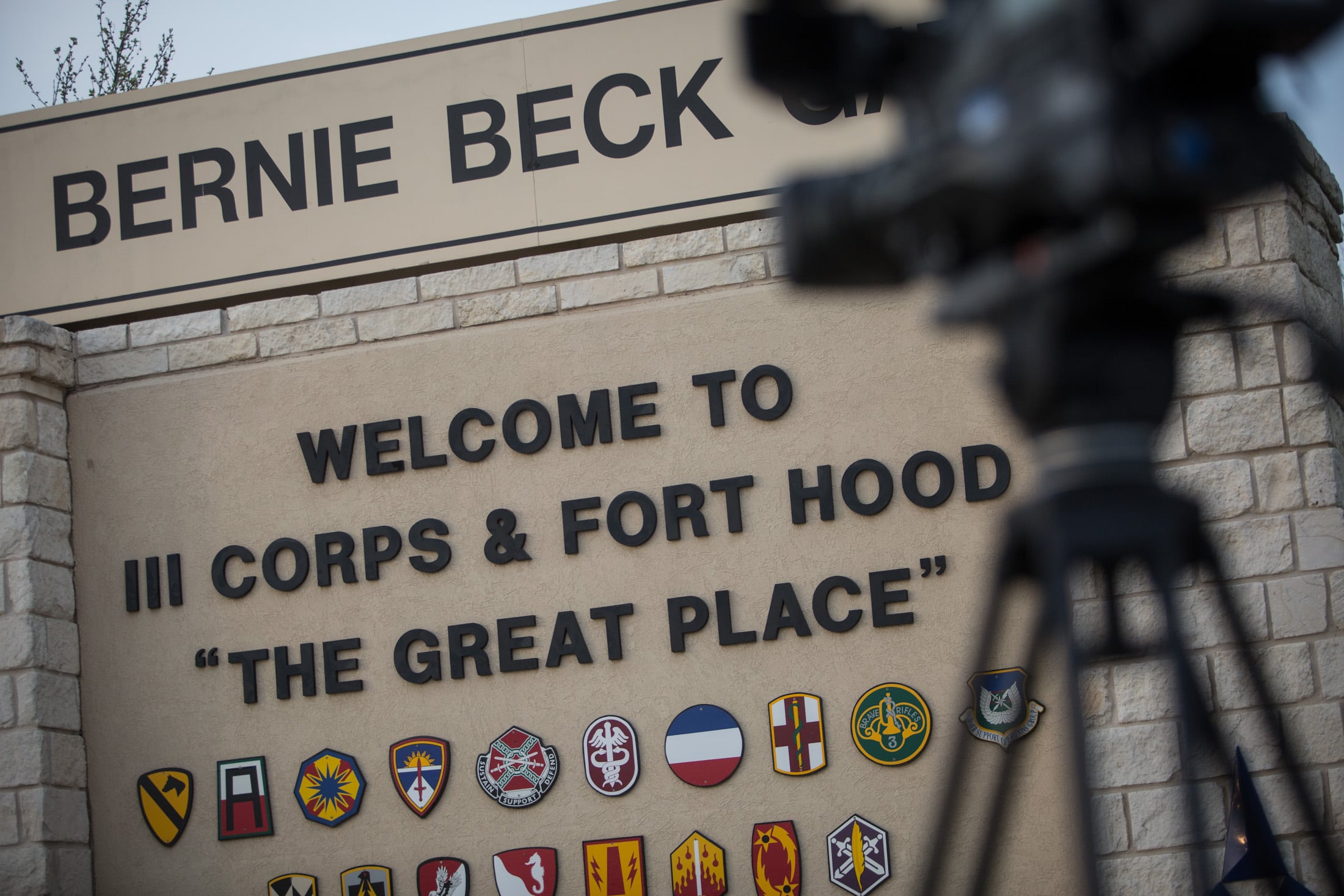On a sunny day in early November, a platoon of U.S. Marines alongside a battalion of Spanish Infanteria de Marina launched from a Spanish amphibious ship and stormed a beach at Ibiza, Spain, while local schoolchildren and other spectators watched.
“It wasn’t very tactical,” 1st Lt. Conner Kline, a platoon commander with Special Purpose Marine Air-Ground Task Force-Crisis Response-Africa, told Marine Corps Times in a phone interview after the exercise. “We hit the beach, we got out of the back, guys took a knee and it was essentially a photo-op from that point. It was actually really cool.”
While the beach assault on the famous resort island may have been fun for the Marines involved, the operation was part of a larger exercise called BALEAREX, which had American Marines train and operate side-by-side with their Spanish counterparts.
It was a test of the amphibious maritime basing and interoperability concept the Marine Corps is developing to improve its ability to work with U.S. allies and create a force more flexible than what each individual military is capable of on its own.
“It’s about being more deliberate about our engagement with our allies and partners in the maritime environment,” Maj. Adam Drexler a regional planner with Marine Forces Europe and Africa, told Marine Corps Times in a phone interview.

The operation took place from Nov. 6 to Nov. 17, and had American Marines board the Spanish amphibious assault ship-aircraft carrier Juan Carlos I to conduct training missions around the Spanish Balearic Islands of Mallorca, Menorca, Ibiza and Formentera.
Drexler said the concept builds from the one-off events like BALEAREX to eventually provide the U.S. and its allies the ability to deploy a mutlinational force designed similarly to an Amphibious Ready Group-Marine Expeditionary Unit, or ARGMEU.
Exercises like BALEAREX are a “building block” used to increase familiarity working with U.S. allies and working out whatever kinks the plan may have before being tested in actual combat, Drexler said.
Kline said his experience working with the Spanish military was almost universally problem-free, with the language barrier being the only issue he encountered.
But, even that, he said easily was overcome as most of the officers spoke at least some English, and Spanish interpreters were not hard to come by.
“Sometimes things get lost in translation and it did kind of make things a little more inefficient and time consuming,” Kline said. But, he added, “we had some Spanish speakers within my platoon so they can act as translators and the other thing too is the Spanish are very impressive in their ability to speak English.”

Maj. Charles Jordan, a V-22 Osprey pilot with SPMAGTF-CR-AR who participated in BALEAREX, said language is not really an issue on the air side, as English is the standard aviation language.
However, the layers of communication and planning required to operate on a foreign Navy’s ship can take months to complete, Jordan said.
“If we’re going to operate on a foreign ship, there is communication that has to go on at the Department of State level, then for detail planning it gets handed over to the Department of Defense,” Jordan said. “At our organizational level that usually involves doing face to face meetings with planners, usually several months in advance.”
The planners had to ensure the Spanish vessel had compatible tie downs, a large enough landing spot and the firefighting capabilities required for the Osprey, he said.
Jordan said most of the capabilities are standard across NATO, and in his experience working with the Spanish, French, British, Japanese and Australian navies the checks are just a “formality.”
Kline said while the exercise increased his comfort in working with the Spanish military, it also allowed him to leave the bubble Marines often train in, confirming what tactics and techniques work, while learning of potentially better ways to accomplish a mission.
“By being with units that have a different uniform on and speak differently and seeing that the things we do actually work,” Kline said, it gave him and his Marines the “confidence that okay maybe what we do it’s not just Marine Corps gospel, no, this stuff actually does work.”

Kline said he took 24 American Marines and 12 Spanish marines from the unit’s recon element to conduct a simulated raid on a notional terrorist compound comprised of a series of tunnels on the island of Mallorca.
The Marines took off from the ship on Spanish helicopters because American Ospreys based at Moron Air Base, Spain, originally scheduled to insert the Marines were unexpectedly grounded.
“The original plan was to use Ospreys for the duration of the operation," Kline said. But “at the beginning of the day, the weather was not good ... so we had to flex and we were able to use the helicopters organic to the Spanish Navy."
During the raid, the American Marines went into the compound with bilingual radio operators provided by the Spanish to quickly relay changing information.
After Spanish and American Marines successfully cleared the tunnels, they were taken off the island by the Ospreys that became available after the weather cleared.




